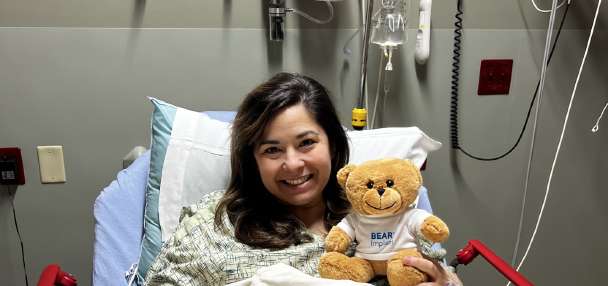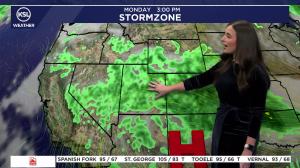Estimated read time: 2-3 minutes
LOGAN — A state initiative was announced Wednesday in partnership with University of Utah Health and Utah State University. The partnership is called the Center for Medical Cannabis Research.
Its purpose will be to understand what is still a very new medical resource in Utah.
The partnership will tackle questions about how medical cannabis interacts with other drugs and medical conditions. Like any other prescribed medicine, this plays a major role in learning how to use the drug safely.
A team of researchers at USU is being led by Bruce Bugbee. His team is taking on the growing aspect of the project, which they've been working on since 2019.
"(We're) one of the few states getting ahead of the curve for medical cannabis research," Bugbee said.

Some states, like Utah, have taken on similar projects because federal funding won't support it yet. Medical cannabis remains only legal under individual state laws, and it is a Schedule 1 drug under federal law, meaning it is not federally approved.
Up until now, Bugbee's team has worked primarily for farmers, in order to help them determine the best and most cost-effective production methods.
Now, with the financial backing of the state, Bugbee's team will help produce products that can be used in clinical trials with patients.
"Our job is to grow high-quality, pharmaceutical-grade cannabis. And (U. Health's) job is testing it with patients and getting the doses right, figuring out when it works, when it doesn't," said Bugbee. "We want to make sure we're not prescribing it for people that might have serious interactions with some other drug."
Bugbee believes these studies are essential for learning how to prescribe both CBD, which is legal in most states, and THC, the psychoactive element of cannabis, safely.
A graduate student, Michael Westmoreland, is helping with the project at USU.
"I've looked a lot at temperature, light intensity, light quality — all of these things that we can control very precisely in controlled environments to understand how the plant responds," Westmoreland said.

He said they have close to 40 growth chambers where they can control all those different factors at a level unlikely to be achieved outdoors, or maybe not even in a greenhouse.
"It's been really interesting to see that evolution of how the state and the public have sort of changed their perception of cannabis," Westmoreland said. "It's incredibly exciting to be a part of."







